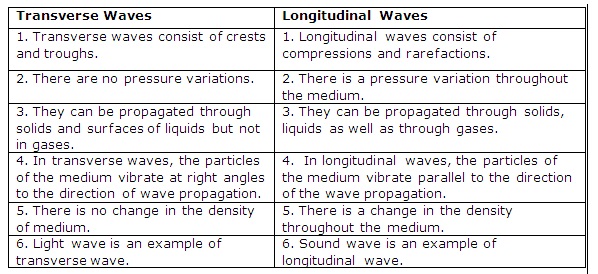


One that Furlong suggests is the heterogeneity of those whom the terms represent. However, there are also disadvantages to these terms. In Japan, the government launched some policies for freeters in these years and a few policies for NEET last year. The terms are also useful to help policy makers focus interventions on those who need it most. ‘Freeter’, especially, fits the sense of those young people, as they often refer to themselves as freeters. Inui: Why Freeter and NEET are Misunderstood Social Work & Society, Volume 3, Is244 ISSN 1613-8953 ▪▪▪ Social Work & Society ▪▪▪ A. The advantage is that they better capture the precarious condition of today’s young people than the traditional dichotomy between employment and unemployment does. The term NEET emerged in Japan just in the last year and has rapidly become popular.Īs Furlong mentions, these categories and terms have both advantages and disadvantages (Furlong 2005). In 2000, the Japanese Ministry of Labour for the first time estimated the quantity of freeters in its Annual Report on Labour (Ministry of Labour 2000). The term became popular as freeters increased in the nineties. In Japan, ‘freeter’ was a term introduced by a advertisement magazine in the late eighties, combining ‘free lance’ and ‘albeiter’ (a students’ slang that means part-time or periodical side job). In the UK, researchers and policy makers introduced these terms to recognise the precarious condition of 16 to 18 year olds as the benefits regimes changed and the category of ‘unemployed’ disappeared from official statistics. Indeed, this is why, in the late of nineties, the Japanese Ministry of Education changed the category name from ‘jobless’ to ‘others’.ġ Advantages and Disadvantages of New Classifications As the working situation of young people changes, new terms and categories are emerging to describe them, such as status zero and NEET (Not in Education, Employment nor Training) in the UK, and freeter and NEET in Japan. However, with the increase in non-full-time jobs in the nineties, these categories have become less useful for describing the actual employment conditions of young people. Therefore, in official statistics such as the School Basic Survey, ‘employed’ includes only those who are in regular employment, while those who are in part-time or temporary work are covered by the categories ‘jobless’ and ‘others’. In Japan, most young people used to move from school directly to full-time employment through the new graduate recruitment system (Inui 1993). However, these categories no longer accurately represent young people’s state. Traditionally, we have been able to recognize young people’s situation by a simple category: in education, employed, in training or unemployed. The transiting process has become not only precarious for young people, but also difficult for society to precisely understand the risks and problems. In Japan, this change has taken a decade later to appear, becoming prevalent by the late nineties (Inui 2003). In many European countries, this situation has been changing since the eighties: overall youth unemployment has increased, and many young people experience long periods of unemployment, government training schemes and part-time or temporary jobs. Young people used to transition directly from school to stable employment, or with a very short unemployed period. It has become prolonged, complicated and individualized (Bynner et al. In developed countries, the transition from school to work has radically changed over the past two decades. Why Freeter and NEET are Misunderstood: Recognizing the New Precarious Conditions of Japanese YouthĪkio Inui, Tokyo Metropolitan University, Faculty of Humanities and Social Sciences Why Freeter and NEET Are Misunderstood: Recognizing the New Precarious Conditions of Japanese Youth


 0 kommentar(er)
0 kommentar(er)
